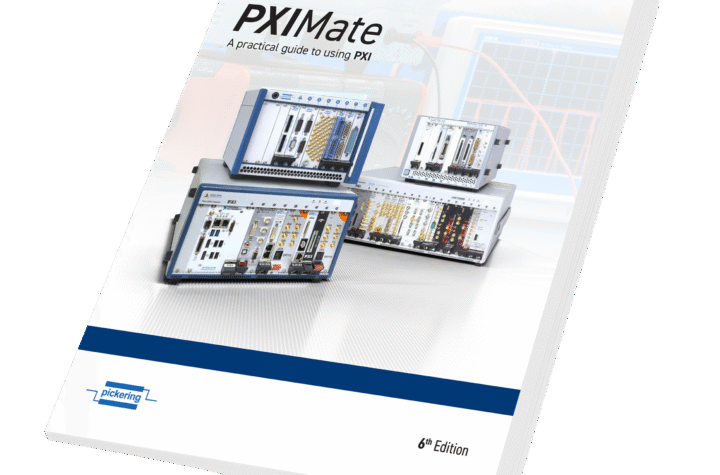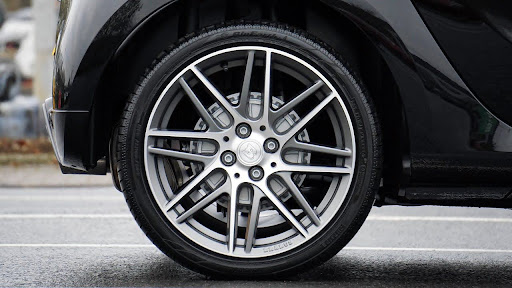
Bruker announced at the 2012 Materials Research Society (MRS) Fall Meeting the release of its redesigned Universal Mechanical Tester (UMT), which incorporates a range of new features that reaffirms its reputation as the industry’s most versatile mechanical test tool. The UMT system is designed with a wide range of interchangeable drives and fixtures that allow samples to be tested under multiple wear patterns. The next-generation UMT now also incorporates a reliable optical profiler from Bruker that can rapidly and accurately measure surfaces before and after tribology or mechanical testing. Profile data and images, along with tribology and mechanical test data, are combined into a single user-friendly software interface that makes testing and profiling one continuous convenient workflow. Advanced servo control and patented force sensor designs allow these enhancements to be achieved without compromising UMT’s industry-leading accuracy and repeatability.
“We have taken the leading tribology and mechanical testing expertise at CETR and applied advanced Bruker engineering skills to produce a streamlined, robust product that is even more versatile than its predecessors,” said Mark R. Munch, Ph.D., President, Bruker MAT Group and Bruker Nano Surfaces Division. “This platform now is backed by the full application knowledge and customer support of the global Bruker team.”
“A key goal of the new design was to build on the legacy of the flexible UMT platform, which has gained great loyalty throughout the world,” added Mark McMaster, Ph.D., Executive Vice President of Operations of the Bruker Nano Surfaces Division and General Manager of the Tribology and Mechanical Testing Business. “The universal nature of the redesigned UMT tool allows the user to change the configuration in minutes, moving between different reciprocating or rotary friction and wear test setups, or even into scratch and indent test modes for material characterization. Our UMT customers are going to benefit from a new product that speaks to its legacy but also capitalizes on further advances and on our systems engineering competencies.”
About UMT
The redesigned UMT is the third generation of the platform that debuted in 2000 and rapidly became the standard for tribology and mechanical test labs around the world. With improved access for changing drives, clear doors and interior lighting for better visibility, as well as integrated handles, the next-generation UMT brings greater ease of use to all of Bruker’s existing proprietary force sensors, environmental chambers and other accessories. Other design advances include a wider interconnect panel for easier drive and sensor connection, leveling feet for easier setup, and interior exhaust ventilation for better cooling. The system can be transformed easily to enable rotary to reciprocating motion, sub-newton to kilo-newton force measurement, or environmental testing from room temperature up to 1000°C. A comprehensive software package allows users to program complex motions and to control applied forces with unprecedented accuracy to simulate real-world conditions.
About Bruker Corporation (NASDAQ: BRKR)
Bruker Corporation is a leading provider of high-performance scientific instruments and solutions for molecular and materials research, as well as for industrial and applied analysis. For more information about Bruker Corporation, please visit www.bruker.com.












More Stories
Professional vs. DIY Tinting: What You Should Know
New updated edition of “PXIMate” reference guide for T&M engineers available from Pickering Interfaces
5 Mistakes That Can Ruin Your Car Accident Claim